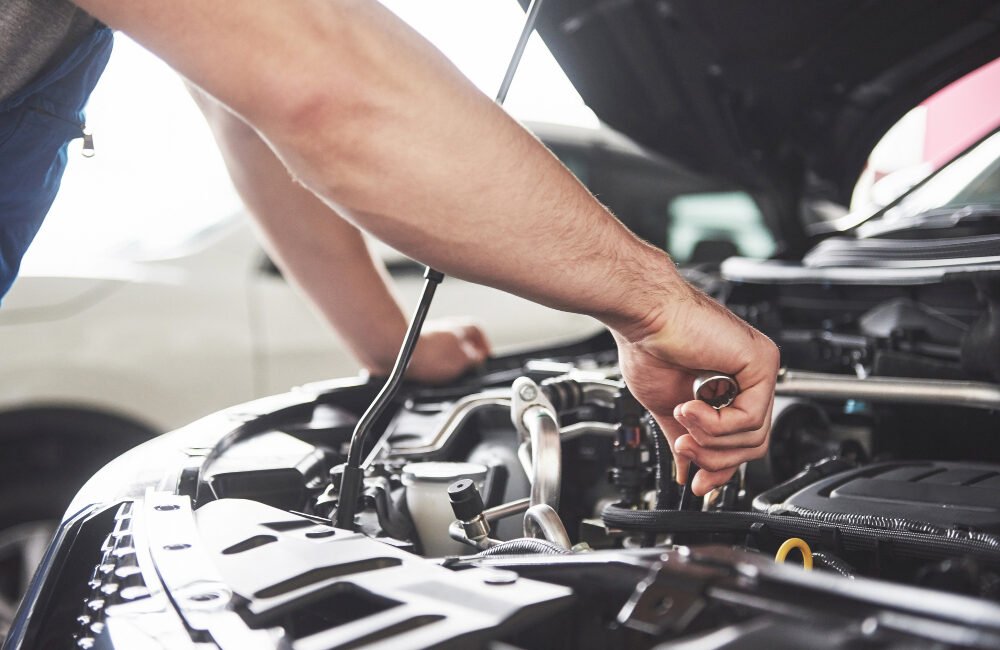
Every engine journey begins with a spark — and that spark is made possible by a small but powerful device called the starter motor. Whether in cars, trucks, ships, or industrial machines, the starter motor plays a vital role in initiating engine operation. Without it, internal combustion engines simply wouldn’t come to life.
In this blog, we’ll explore what a starter motor is, how it works, its types, key components, and why it’s so essential to reliable engine performance.
What is a Starter Motor?
A starter motor is an electric motor that turns over the internal combustion engine until it can operate under its own power. When the ignition is turned on (or a start button is pressed), the starter motor engages with the engine’s flywheel to rotate the crankshaft and start the combustion process.
It may be small in size compared to the engine, but it delivers high torque at low speed — just what’s needed to get things running.
How Does a Starter Motor Work?
-
Activation: When the start command is given, electricity flows from the battery to the starter solenoid.
-
Engagement: The solenoid pushes a small gear (called the pinion gear) outward to mesh with the engine’s flywheel.
-
Cranking: The electric motor spins, turning the flywheel and rotating the crankshaft.
-
Engine Starts: Once the engine fires up, the pinion gear disengages, and the starter motor shuts off.
This entire process happens in a matter of seconds, but it’s critical to starting the engine reliably every time.
Key Components of a Starter Motor
-
Electric Motor: Provides the rotational force (torque).
-
Solenoid: Acts as a switch and mechanical actuator for engaging the pinion.
-
Pinion Gear: The gear that meshes with the flywheel to turn the engine.
-
Armature: The rotating part of the motor.
-
Brushes and Commutator: Conduct electricity to the armature and enable rotation.
Types of Starter Motors
-
Direct Drive Starter
-
Traditional type, simple and robust.
-
Heavier and uses more power.
-
-
Gear Reduction Starter
-
Uses gears to reduce motor speed while increasing torque.
-
Smaller, lighter, and more efficient.
-
-
Inertia Starter
-
Relies on inertia to engage the flywheel.
-
Less common in modern engines.
-
-
Pre-engaged Starter
-
Uses a solenoid to engage the pinion before motor activation.
-
Common in modern vehicles and equipment.
-
-
Pneumatic and Hydraulic Starters
-
Used in large engines (e.g., marine or industrial) where electric starters may be inadequate.
-
Driven by compressed air or hydraulic pressure.
-
Applications of Starter Motors
-
Automotive Engines: Cars, trucks, buses
-
Marine Engines: Propulsion and auxiliary engines on ships and boats
-
Generators: Diesel generator sets
-
Construction & Agricultural Equipment: Bulldozers, tractors, excavators
-
Industrial Machinery: Compressors, pumps
Common Starter Motor Problems
-
Clicking but not cranking: Could be a bad solenoid or weak battery.
-
Slow cranking: May indicate worn brushes or low voltage.
-
Grinding noise: Damaged pinion gear or flywheel teeth.
-
No response: Faulty ignition switch or blown fuse.
Maintenance Tips
-
Keep battery terminals clean and tight.
-
Check wiring and connections for corrosion or damage.
-
Inspect and replace worn brushes or solenoids.
-
Listen for unusual sounds during startup.
Final Thoughts
The starter motor is a crucial component that literally gets the engine going. Though small and often overlooked, its importance in ensuring a smooth, reliable start cannot be overstated. From automobiles to ships, the quality and performance of the starter motor directly affect overall engine reliability.
By understanding its function, types, and maintenance, you can prevent unexpected failures and keep your equipment ready to run whenever needed.

